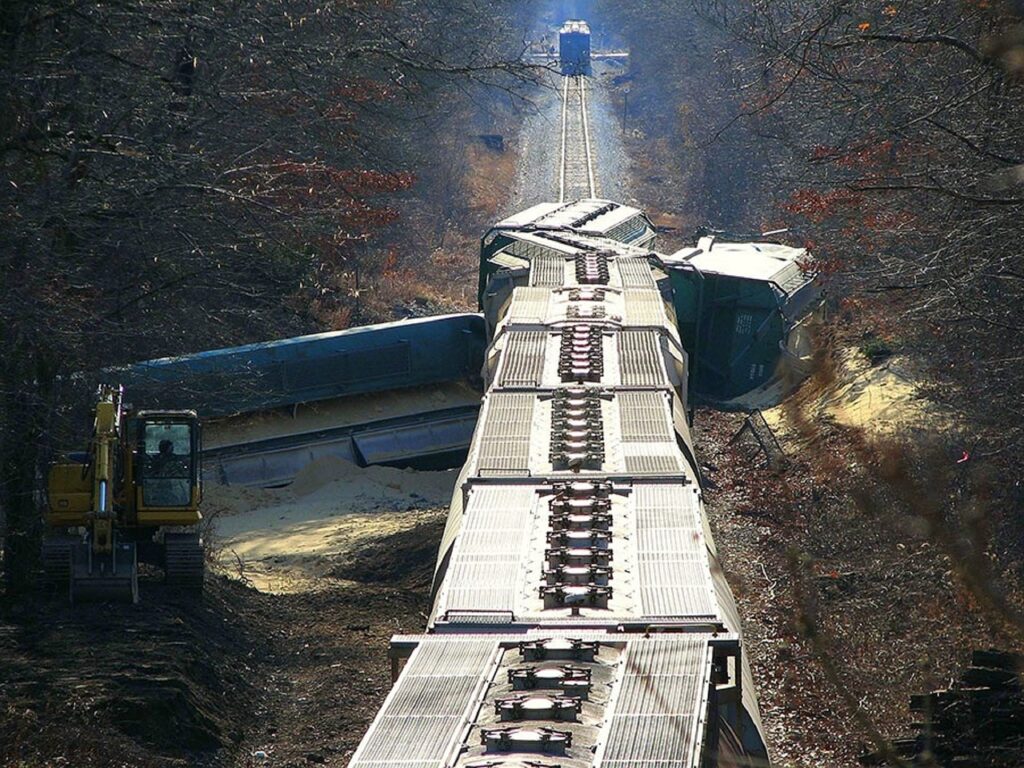Fatigued operators are 7.3x greater accident risk
22nd December 2022

A 2013 study by the US Department of Transportation (US DoT) is receiving newfound attention, due to the recent release of ReadiML, the Machine Learning software from Fatigue Science that operationalises a scientific fatigue prediction model for daily use by transportation fleets.
In the study, the US DoT determined that when locomotive engineers are predicted by the scientific model to be severely fatigued, those operators carry an accident cost exposure that is over 7 times higher than it is for non-fatigued operators.
Key to this story is that “fatigue” could be predicted in advance of actual vehicle operation – unlocking the opportunity for proactive measures within dispatch operations to pinpoint and avert severe risks before they happen.
The US DoT study, Fatigue Status of the US Railroad Industry, used data collected in the railroad industry in the US between 2003 and 2005. Within the dataset, logs from 731 unique human factors accidents (HFAs) were compared to the predicted fatigue level of each operator. Fatigue predictions were derived using the SAFTE Biomathematical Fatigue Model, which analysed assumptions of operators’ sleep in the days preceding each sleep period. These assumptions were based on the periods of sleep opportunity afforded by each operator’s work hours.
Greater risk from fatigued operators
The analysis revealed the probability of a human factors accident (HFA) per 200,000 employee-hours, in cases with severe fatigue and, separately, in cases where no fatigue was present. In cases of severe fatigue – when the operator’s SAFTE Effectiveness Score was below 50 – the probability was 0.276. (The SAFTE Effectiveness Score is now known as the ReadiScore). In contrast, in cases without fatigue (ReadiScore >90), the HFA probability was only 0.152.
The risk of an HFA was thus 1.82x higher when severe fatigue was predicted by the model – nearly double.
Moreover, the study revealed a significant difference in accident cost between those that occurred under various levels of fatigue. Railroad accidents with a fatigued operator (ReadiScore <70) presented an average cost of $1.6m, in contrast to only a $400,000 average cost when no fatigue (ReadiScore >90) was predicted.
It is not known how much larger than $1.6m the average accident cost would be for the subset of fatigue cases classified as “extreme” (ReadiScore <50), but it is reasonable to assume that the cost would likely be even higher than the larger pool of fatigued cases (ReadiScore <70).
With the conservative assumption that accidents from “extreme fatigue” were no more costly than those from merely “high fatigue”, the implication is clear: fatigue-related accidents cost at least four times more, on average, than non-fatigue related accidents.
Combining the statistics on accident probability and accident cost, the result is at least a 7.3x higher accident cost exposure when operating critically fatigued (ReadiScore <50), as compared to operating without fatigue.

